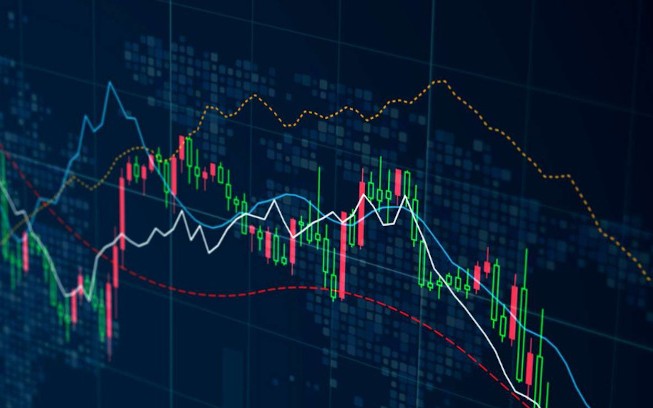
Forex trading is becoming increasingly accessible to individuals around the world. As the forex market is the largest financial market, with an average daily trading volume exceeding $6 trillion, many traders are looking for suitable platforms to start or optimize their trading journey. Choosing the right platform can significantly impact trading experience and success. For resources and insights into forex trading, visit trading platforms for forex https://seed2019.io/.
Understanding Forex Trading Platforms
Forex trading platforms are the software applications that allow traders to execute trades and manage their accounts. They are crucial tools for retail forex trading, offering various features, tools, and resources. The choice of a trading platform can influence many factors, including trading costs, speed, accessibility, and user experience.
Key Features of Forex Trading Platforms
When evaluating different forex trading platforms, there are several essential features and tools to consider:
- User Interface: A user-friendly interface is vital for both novice and experienced traders. It should be intuitive and easy to navigate.
- Execution Speed: Fast execution of trades is essential for seizing market opportunities. Look for platforms that offer low latency and quick order processing.
- Charting Tools: Advanced charting capabilities help traders analyze market trends and make informed decisions. Look for features like indicators and customizable chart types.
- Order Types: The best platforms offer a variety of order types, such as market orders, limit orders, and stop-loss orders, allowing traders to manage risk effectively.
- Access to Market Research and Analysis: High-quality research and analysis tools can provide insights into market trends and currencies’ performance.
- Mobile Compatibility: With the rise of mobile trading, ensuring that a platform has a functional mobile version or app can enhance trading flexibility.
- Security Features: Security is paramount in online trading. The platform should offer secure transactions, encryption, and regulatory compliance.
Popular Forex Trading Platforms
Several trading platforms have gained popularity among forex traders. Here are some of the most widely used:
1. MetaTrader 4 (MT4)
MT4 is perhaps the most popular forex trading platform, renowned for its robust features, ease of use, and strong community support. It offers advanced charting capabilities, technical analysis, automated trading through Expert Advisors (EAs), and a vast library of custom indicators and scripts.
2. MetaTrader 5 (MT5)
As the successor to MT4, MT5 offers additional features, including more timeframes, improved order management, and support for trading multiple asset classes beyond forex, such as stocks and commodities. It is ideal for traders looking for a more comprehensive platform.
3. cTrader
cTrader is known for its visually appealing interface and powerful trading tools. It supports algorithmic trading and offers advanced charting features. Many traders appreciate its fast execution speeds and transparency in pricing.
4. NinjaTrader
NinjaTrader is a popular choice among serious traders and those interested in futures trading. It provides advanced charting tools, market analysis resources, and the ability to automate trading strategies. Although primarily focused on futures, many brokers also offer forex trading through NinjaTrader platforms.
5. TradingView

While TradingView is primarily known as a social network for traders, it offers excellent charting tools and hosts numerous trading ideas from users worldwide. It is particularly useful for traders who rely on technical and fundamental analysis and wish to engage with a community.
Factors to Consider When Choosing a Forex Trading Platform
Selecting the wrong trading platform can lead to frustration and losses. Here are some crucial factors to consider:
1. Regulation
Ensure that the platform is regulated by reputable organizations. This enhances its credibility and provides a measure of protection for traders.
2. Fees and Spreads
Different platforms have various fee structures, including spreads, commissions, and charges for withdrawals. Compare them to ensure you minimize your trading costs.
3. Available Assets
Some platforms focus solely on forex, while others offer a wider range of financial instruments. Choose a platform that aligns with your trading interests.
4. Customer Support
Responsive and accessible customer support can be crucial, especially when dealing with technical issues or trading inquiries.
5. Account Types
Consider whether the platform offers various account types, including demo accounts for practice and different leverage options for diverse trading strategies.
Conclusion
Choosing the right trading platform for forex is a critical step in your trading journey. Research various options, consider your personal trading style and preferences, and take your time to select a platform that best fits your needs. Doing so will enhance your trading experience and help you achieve your financial goals more effectively.
Whether you’re a beginner looking to learn the ropes or an experienced trader seeking an upgraded platform, there are many options available. The right forex trading platform can serve as a powerful ally in navigating the complexities of the forex market.